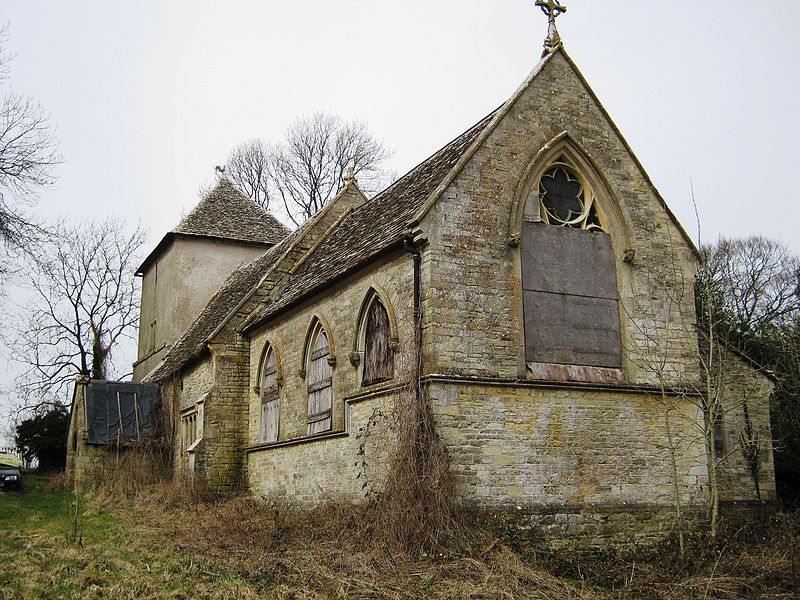Mission and Pastoral Measure 2011
Contents |
[edit] Introduction
The Mission and Pastoral Measure (MPM) 2011 makes provision for the legal reorganisation of parishes and benefices, dioceses and the closure and re-use of consecrated church buildings that are no longer needed.
The MPM allows bishops to:
- Close a church building to regular public worship. This is managed through a Pastoral Church Buildings Scheme.
- Provide a new use for a church building that has been closed for regular public worship. This is managed either as part of the process of closure, or at a later stage, with a separate Pastoral (Church Buildings Disposal) Scheme.
- Provide for the appropriation and disposal of parts of churchyards. This is managed by a Pastoral Scheme.
The MPM is divided into two volumes. Volume 1 deals primarily with pastoral reorganisation while Volume 2 (Dealing with Consecrated Church Buildings) addresses issues around church buildings. Within Volume 2, chapters 12 to 24 cover sections of the MPM that relate to church buildings, including Part 4 (Procedure for making pastoral church building schemes) and Part 6 (Buildings closed for regular public worship).
[edit] MPM Volume 2 under review
In 2020, the Legislative Reform Committee was tasked by the Archbishops' Council to oversee a review of the MPM. The review was led by the Parish Reorganisation and Church Property Department. It was intended to allow the Church of England to develop a proposal for what an improved and simplified MPM could look like in the anticipation that detailed legislative proposals would follow.
In summer 2021, the Green Paper: Mission in Revision (GS 2222) was published. The Green Paper noted that the number of church buildings has been on the decline since 1941. The impact of the Second World War on the built environment led to serious consideration of how the disposal of church buildings could be managed and what uses would be suitable.
Since the 1990s, the closure rate of churches has remained at roughly 20 to 25 per annum. For the majority of closures, an alternative use was found.
Parts of the Green Paper explored specific options for change relating to the reuse of church buildings including:
- Omitting the requirement for Church Buildings Council (CBC) reports before church closure proposals.
- Providing for an interim or alternative status to churches being “open” or “closed”.
- Simplifying the requirements around the future use of closed churches and dealing with the disturbance of human remains.
At a July 2021 meeting of the General Synod, members approved the consultation paper for the review of the MPM. The initial consultation on the paper closed on 31 October 2021. An analysis of the responses was scheduled for 2022.
[edit] Related articles on Designing Buildings
- Annual conservation management statements.
- Archaeology and construction.
- Conservation area.
- Ecclesiastical exemption.
- Enterprise and Regulatory Reform Act 2013 and listed buildings.
- IHBC responds to Review of the Mission and Pastoral Measure 2011.
- Listed building consent order.
- Local listed building consent order.
- Planning authority duty to provide specialist conservation advice.
- Planning permission.
[edit] External resources
IHBC NewsBlog
SAVE celebrates 50 years of campaigning 1975-2025
SAVE Britain’s Heritage has announced events across the country to celebrate bringing new life to remarkable buildings.
IHBC Annual School 2025 - Shrewsbury 12-14 June
Themed Heritage in Context – Value: Plan: Change, join in-person or online.
200th Anniversary Celebration of the Modern Railway Planned
The Stockton & Darlington Railway opened on September 27, 1825.
Competence Framework Launched for Sustainability in the Built Environment
The Construction Industry Council (CIC) and the Edge have jointly published the framework.
Historic England Launches Wellbeing Strategy for Heritage
Whether through visiting, volunteering, learning or creative practice, engaging with heritage can strengthen confidence, resilience, hope and social connections.
National Trust for Canada’s Review of 2024
Great Saves & Worst Losses Highlighted
IHBC's SelfStarter Website Undergoes Refresh
New updates and resources for emerging conservation professionals.
‘Behind the Scenes’ podcast on St. Pauls Cathedral Published
Experience the inside track on one of the world’s best known places of worship and visitor attractions.
National Audit Office (NAO) says Government building maintenance backlog is at least £49 billion
The public spending watchdog will need to consider the best way to manage its assets to bring property condition to a satisfactory level.
IHBC Publishes C182 focused on Heating and Ventilation
The latest issue of Context explores sustainable heating for listed buildings and more.
















